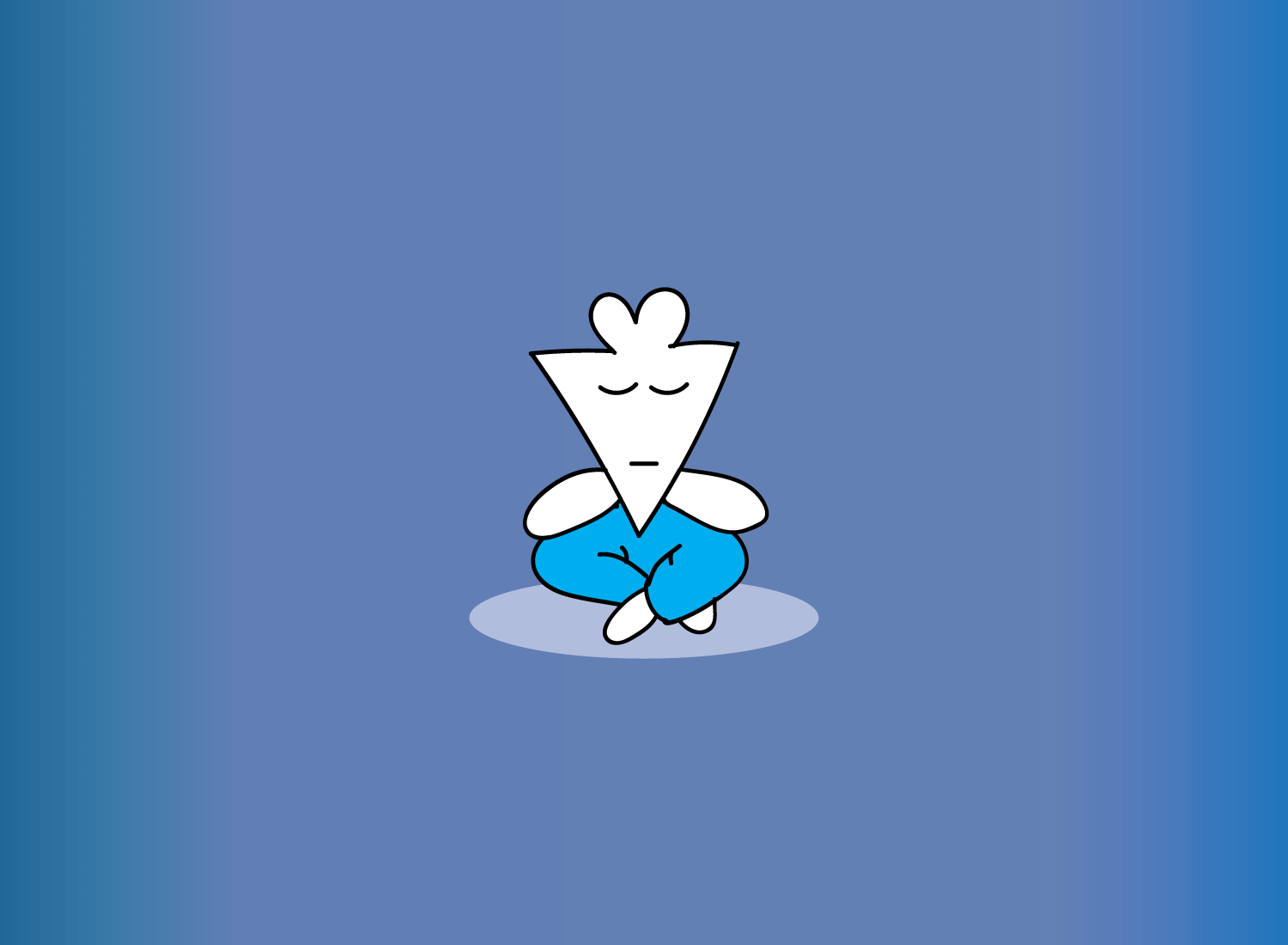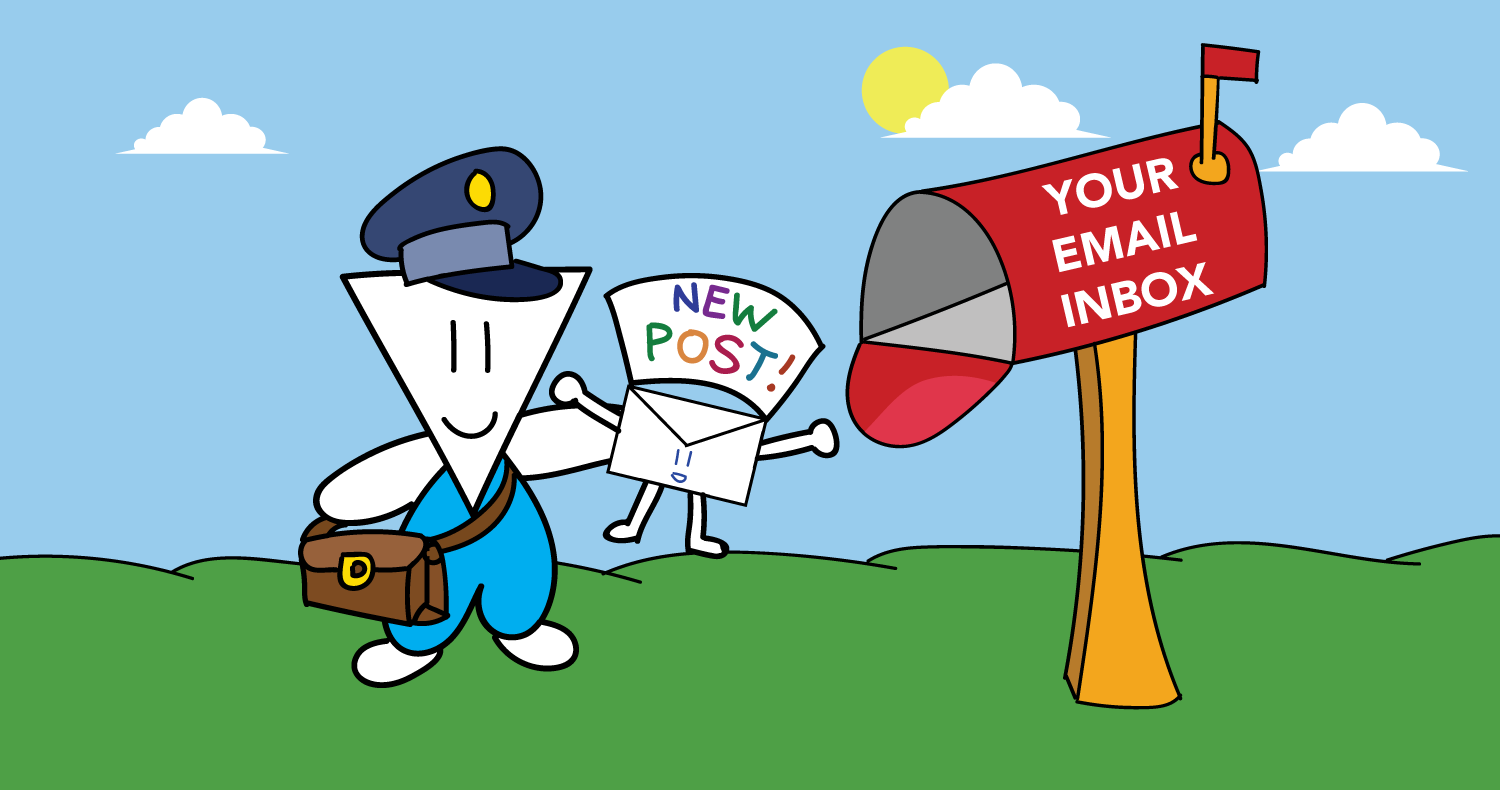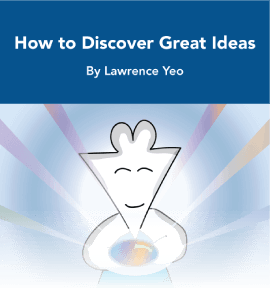Equanimity: A Creator’s Greatest Asset
Excitement and anxiety are close siblings that are mistaken for distant cousins.
We tend to value excitement and avoid anxiety. However, if you actually sit with the two emotions as they materialize, you’ll notice that their sensations are largely the same. Both elevate your heart rate, create a tingling in your chest, make your body tense, and can even make you sweat.
The primary thing that separates one response from one another is the psychological framing of them. In 2019, I published a two-part series on anxiety that consists of over 17,000 words and 160 illustrations. As I was doing the research for this series, it fascinated me how techniques like CBT and exposure therapy use reframing to gradually shift one’s perception of their biological responses. In other words, most forms of therapy aren’t designed to eliminate the physiological spikes, but to instead have the patient reinterpret them to neutralize their poignancy.
Of course, there are limits to the power of reframing. It’d be naive (and perhaps irresponsible) to urge someone to reframe their situation while they’re in the middle of a panic attack. In that case, the solution resides in alleviating one’s biological stresses: whether it be in the form of deep breathing exercises or a prescription pill. There are times when the pain is too overwhelming that there’s no available headspace for reframing exercises.
But what if the psychological frame is a positive one? If the sensation is positively interpreted, should we ever seek to change it?
To answer this, let’s revisit the emotion of excitement.
When we expect the arrival of a good friend, we get excited. When we look forward to a big celebration, we get excited. When we get good news about anything, we get excited.
Excitement is a wonderful thing to feel, but like everything about the human condition, it’s nuanced. On one hand, it’s an indicator of the experiences you find fun and meaningful. On the other, it’s an architect of expectations and anticipations. And anytime an expectation of a future state emerges, so does the feeling of attachment.
The Buddha famously tied this feeling of attachment to suffering. In one fell swoop, he provided the philosophical foundation for any argument against hedonism. The thesis of the position is simple: Pleasure only begets more pleasure, and the ever-increasing threshold for it only leads to greater attachments. You may think it’s pleasurable in the moment, but your hunger for more will ultimately consume you.
This is something I often think about when it comes to any creative endeavor.
As a creator, there’s an intricate balance you have to maintain between intrinsic motivation and external validation. You have to rely upon your personal intuition and drive to create your work, but you also need positive feedback from others to know that your intuition is properly calibrated. The reason it’s a balance is because if any pole is taken to its extreme, you are either delusional (thinking your work is great when it’s actually terrible) or a panderer (relying on others to dictate what you create).
Of the two poles, I’ve found that we’re much more inclined toward external validation. I won’t go into the reasons why (I’ll save you the evolutionary psych, hunter-gatherer explanations), but for purposes of this discussion, that’s just how it is. We are swayed by the response we have toward our work, whether it’s good, bad, or indifferent. We give metrics an unwarranted amount of power in determining whether something was great or not.
For example, I’ve noticed how excited I get when one of my stories perform well. There’s a rush of energy that flows through me, and my mind immediately tells me to check stats, to scroll through Twitter, and to feel proud of myself. I feel this cloud of excitement within a few minutes, and there is an all-consuming quality to it.
But I’ve also noticed how this excitement quickly transitions to anxiety.
The fervor of a positive response inevitably leads to the anticipation of what’s to come. So that’s what they like, huh? How am I going to follow that up now? What’s next? How am I going to keep the momentum going?
If these questions become too loud, it’s only inevitable that you start losing yourself to them. And it’s not just a positive response. Even a negative or (perhaps more relevantly) indifferent response has the same effect:
So no one liked what I poured myself into, huh? What’s the point of doing this? Why try again? How am I going to get any momentum going?
These questions will make you lose faith in yourself. And what’s most ironic here is that despite all the external validation you desire, no person will ever believe in you more than yourself. Ever. So while it’s important to know when to pivot and adjust, it’s way more important to believe that you’ll be able to figure it out in the long-run.
And that final word – the long-run – is the most crucial of all. All creators must adopt that word and pin it as their north star. Because by doing so, you understand that the bottleneck isn’t in your ability, but in your psychology.
If something does well, can you say “cool” and move on? If something doesn’t do well, can you say “cool” and move on? Can you just commit to doing your best work with the curiosities you hold dear?
Having a long-term view isn’t just about being patient with outcomes. It’s also about how long you can do this while having fun. The only sustainable path is one that is guided by your inner compass, and one that uses equanimity to shield you against the winds of external response.
_______________
_______________
For three more stories or reflections of this nature:



